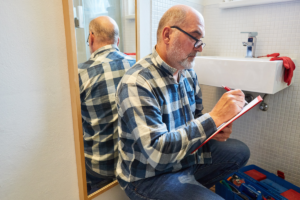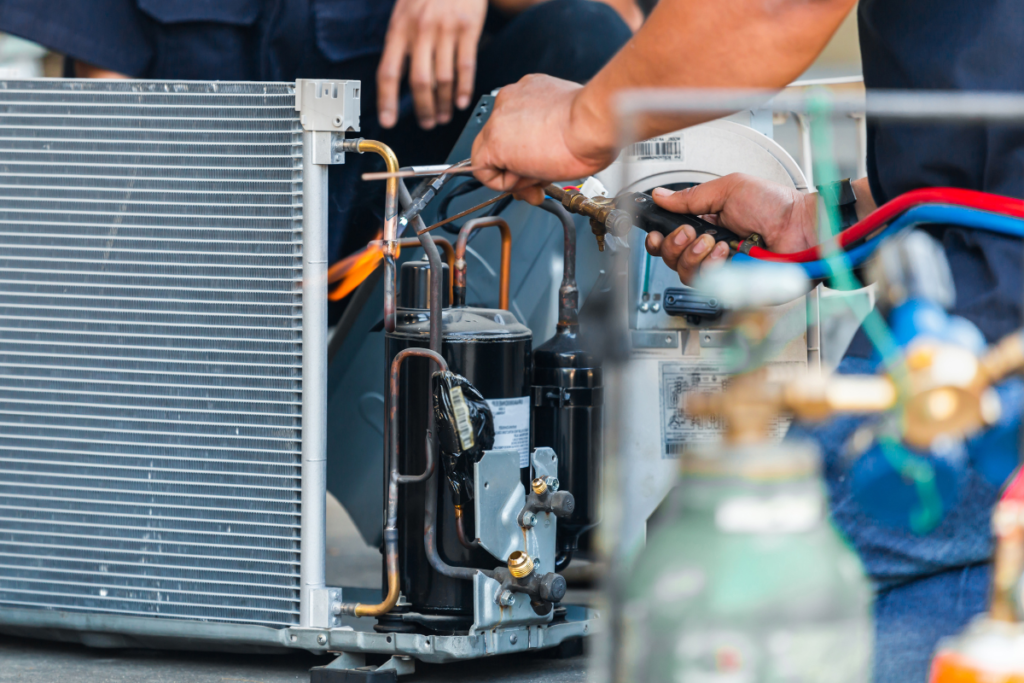 Introduction To Equipment Installation Estimating
Introduction To Equipment Installation Estimating
In the realm of construction and renovation, equipment installation is a critical aspect that can significantly impact the success of a project. Accurate equipment installation estimating ensures that the project remains within budget, adheres to timelines, and meets all operational requirements. This comprehensive guide delves into the essentials of equipment installation estimating, exploring key factors, methodologies, and best practices to achieve precise and effective results.
What is Equipment Installation Estimating?
Equipment installation estimating involves calculating the costs associated with the installation of various types of equipment within a building or facility. This can include everything from HVAC systems and industrial machinery to medical devices and kitchen appliances. The goal is to provide a detailed and accurate estimate of the total expenses involved in the installation process, including labor, materials, and any associated costs.
The Importance of Accurate Equipment Installation Estimating
Accurate estimating is crucial for several reasons:
- Budget Management: Equipment installation can represent a substantial portion of a project’s budget. Inaccurate estimates can lead to cost overruns, necessitating cuts in other areas or compromising on quality.
- Project Scheduling: Precise estimates help in planning the installation process effectively. This includes scheduling, resource allocation, and coordination with other trades, which are essential for keeping the project on track.
- Client Satisfaction: For contractors and project managers, meeting client expectations in terms of cost, quality, and timeline is paramount. Accurate estimates help set realistic expectations and avoid potential conflicts or dissatisfaction.
- Quality Assurance: By providing a detailed estimate, project managers can ensure that all necessary equipment is installed correctly and meets the required standards, contributing to the overall success of the project.
Factors Influencing Equipment Installation Estimating
Several factors must be considered to achieve accurate equipment installation estimating:
- Type of Equipment: The type and complexity of the equipment being installed have a direct impact on costs. For example, installing a complex HVAC system or industrial machinery will typically involve higher costs than installing basic office equipment.
- Scope of Installation: The scope of the installation project, including the number of pieces of equipment and the complexity of the installation process, influences the overall cost. A larger scope or more complex installation will generally require more time and resources.
- Site Conditions: The conditions of the installation site can affect the cost. Factors such as accessibility, existing infrastructure, and the need for modifications or additional work can influence the overall estimate.
- Labor Costs: The cost of labor is a significant factor in equipment installation estimating. This includes the wages of skilled technicians, electricians, plumbers, or other specialists required for the installation process.
- Material Costs: In addition to the equipment itself, the cost of materials needed for installation—such as mounting hardware, wiring, and plumbing components—must be factored into the estimate.
- Permits and Compliance: Certain installations may require permits or need to comply with local building codes and regulations. The costs associated with obtaining permits and ensuring compliance should be included in the estimate.
- Lead Times: The time required to procure and deliver equipment can impact the overall project schedule and costs. Delays in equipment delivery can lead to increased labor costs and project delays.
- Special Requirements: Some installations may involve special requirements, such as custom modifications or additional safety measures. These factors can add to the overall cost and should be considered in the estimate.
Methods of Equipment Installation Estimating
Various methods can be used to estimate the cost of equipment installation:
- Manual Estimating: For smaller projects or preliminary estimates, manual calculations may be sufficient. This involves listing all required equipment and associated costs, including labor and materials, and calculating the total cost. While this method is straightforward, it can be time-consuming and prone to errors.
- Digital Estimating Tools: For larger or more complex projects, digital estimating tools can streamline the process. These tools allow for detailed itemization, cost comparisons, and adjustments based on real-time data, such as fluctuating material costs and market conditions.
- Professional Estimators: For high-value or highly detailed projects, hiring a professional estimator may be the best approach. Professional estimators have the expertise to provide accurate and reliable estimates, considering all aspects of the project. Although this service comes at a cost, it can prevent costly mistakes and ensure that the project remains within budget.
Challenges in Equipment Installation Estimating
Estimating the cost of equipment installation involves several challenges:
- Price Volatility: The cost of equipment and installation can fluctuate due to changes in material prices, supply chain issues, or market demand. This variability makes it challenging to provide a fixed estimate, particularly for long-term projects.
- Site Conditions: Unforeseen site conditions, such as structural issues or accessibility problems, can impact the cost of installation. These issues may not be apparent until the installation begins, potentially leading to additional expenses.
- Complexity of Installation: The complexity of the installation process can affect the accuracy of the estimate. Complex installations may require specialized labor or additional equipment, leading to increased costs.
- Changes in Scope: Changes in the scope of the project, such as modifications to the equipment or installation requirements, can lead to cost overruns. It’s important to anticipate potential changes and include a contingency budget to accommodate them.
- Coordination with Other Trades: Equipment installation often needs to be coordinated with other trades, such as electrical work or plumbing. Delays or issues in these areas can affect the installation schedule and increase costs.
Best Practices for Equipment Installation Estimating
To ensure accurate and effective equipment installation estimating, consider the following best practices:
- Detailed Inventory: Start with a detailed inventory of all equipment and installation requirements. This should include major items, accessories, and any special requirements to ensure a complete and accurate estimate.
- Thorough Research: Conduct detailed research on prices for equipment, materials, and labor. Obtain quotes from multiple suppliers and contractors to ensure competitive pricing and accurate cost estimation.
- Include Contingencies: Always include a contingency budget to account for unexpected costs, site conditions, or changes in scope. A contingency of 10% to 20% is generally recommended.
- Clear Communication: Maintain clear communication with clients and stakeholders throughout the estimating process. Explain the factors that influence costs and provide detailed breakdowns of the estimate to ensure transparency.
- Regular Updates: For long-term projects, regularly update estimates to reflect changes in material costs, labor rates, or project scope. This helps keep the budget accurate and avoids surprises.
Equipment installation estimating is a critical component of any construction or renovation project. By carefully considering factors such as the type of equipment, site conditions, labor and material costs, and potential challenges, contractors and project managers can provide accurate and reliable estimates that help manage budgets, plan effectively, and meet client expectations. Whether using manual methods, digital tools, or professional services, the key to successful equipment installation estimating lies in thorough research, attention to detail, and clear communication. As the construction and facility management industries evolve, staying informed about best practices and emerging trends in equipment installation will ensure that your projects are both successful and financially sound.
Are you looking for the best estimating services in USA?
Look no further than “https://zionestimating.com”
They are offering top-notch services like;
- Construction/cost estimation
- Budget planning
- Material takeoff
- Equipment estimation
and further more!!!
Here are some more information for your convenience:
Phone no. : +1 718-427-9941 || +1 562-383-6177
Email: [email protected]
Visit their blogs and site
https://zionestimating.com for the latest updates and service tips!
